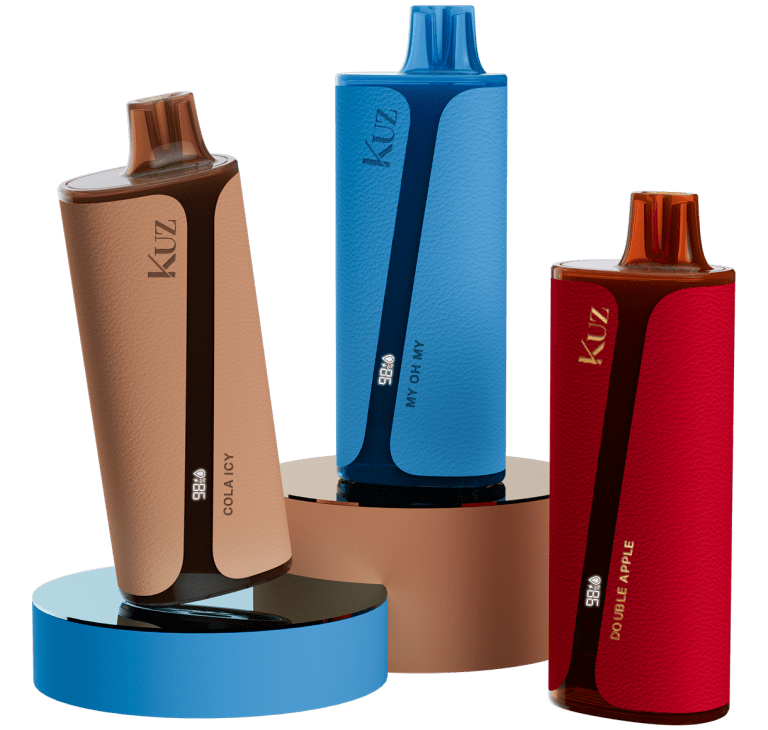The aftermath of a tooth extraction can be a tricky time, especially for those who vape. While vaping is often seen as a less harmful alternative to smoking, it can still pose significant risks during the healing process after dental surgery. Understanding these risks and taking the right precautions can make all the difference in ensuring a smooth recovery.
The Risks of Vaping After a Tooth Extraction
Vaping after a tooth extraction is not without its risks. The primary concern is the possibility of developing a dry socket, a painful condition that occurs when the blood clot that forms in the socket after an extraction becomes dislodged. This clot is crucial as it protects the underlying bone and nerves, allowing the area to heal properly. The sucking motion required to inhale from a vape can easily dislodge this clot, leading to severe pain and delaying the healing process.
Furthermore, the nicotine in e-cigarettes can impede healing by constricting blood vessels, reducing the flow of oxygen and essential nutrients to the extraction site. This not only slows down the healing process but also increases the risk of infection. The heat generated from vaping can also irritate the sensitive tissues around the extraction site, further complicating recovery.
How Long Should You Wait Before Vaping?
Most dental experts recommend waiting at least 48 to 72 hours before considering vaping after a tooth extraction. This waiting period allows the initial stages of healing to occur, reducing the likelihood of complications. However, some dentists may advise waiting even longer, especially if the extraction was complex or if there were multiple teeth removed.
If you experience any pain, swelling, or unusual symptoms during this period, it is crucial to consult your dentist before resuming vaping. Your dentist can provide personalized advice based on the specifics of your extraction and healing progress.
Safe Vaping Practices Post-Extraction
If you absolutely must vape after the recommended waiting period, there are several precautions you can take to minimize the risks:
- Use Lower Wattage Devices: Opt for a vape with a lower wattage setting to reduce the suction force during inhalation.
- Indirect Inhalation: Instead of drawing vapor directly into your lungs, try inhaling it into your mouth first, which creates less suction and is gentler on the healing site.
- Minimize Vaping Sessions: Keep your vaping sessions short and spaced out to give your mouth time to recover between puffs.
- Hydration: Stay well-hydrated to keep the extraction site moist and reduce the risk of irritation.
- Consider Nicotine-Free E-Liquids: If possible, switch to nicotine-free e-liquids during your recovery to avoid the vasoconstrictive effects of nicotine.
Alternatives to Vaping
During the critical healing period, it may be beneficial to explore alternatives to vaping. Nicotine replacement therapies such as patches or gum can help manage cravings without compromising the healing process. Additionally, staying occupied with activities that distract from the urge to vape can aid in reducing the temptation.
Conclusion
Vaping after a tooth extraction is a decision that should not be taken lightly. While it may be tempting to resume vaping as soon as possible, the risks associated with doing so can significantly delay your recovery and lead to painful complications. By following your dentist’s advice and implementing safe vaping practices, you can protect your health and ensure a smoother healing process. Remember, your oral health is paramount, and taking a short break from vaping could make all the difference in your recovery.



